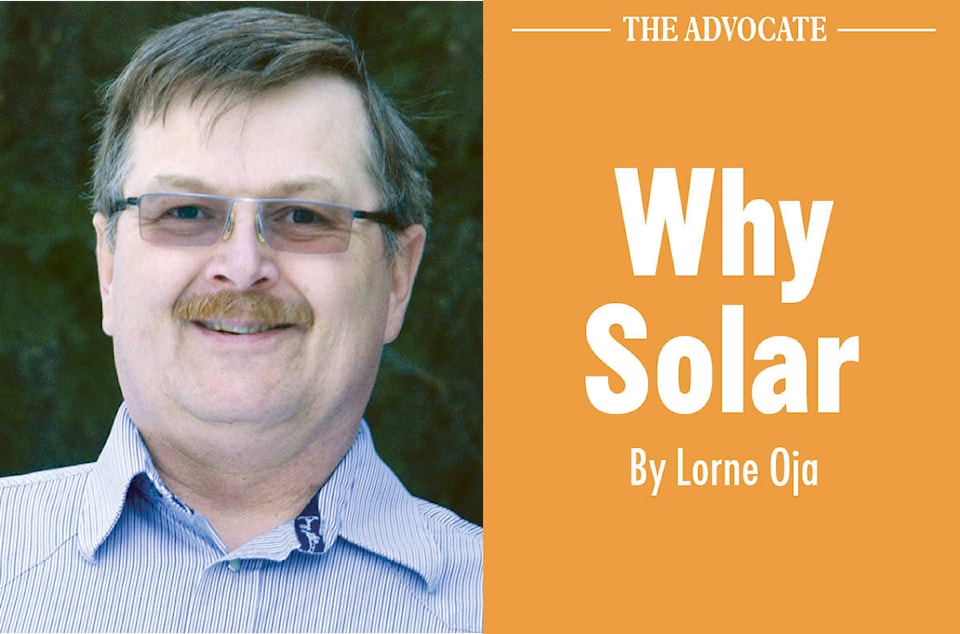Horizontal oilwells are behind the current oil surplus in the world. If the hydrocarbon reservoir of interest is only two meters thick, the amount of oil or gas that can be extracted is severely limited in a vertical well. The concept behind horizontal wells is to tunnel through the hydrocarbon producing formation exposing the wellbore to as much reservoir as possible.
The technology behind controlling the direction and depth has been around for a while and is now very accurate. Hydrocarbon is the obvious target, but conversely, there is another resource, typically overlooked, accessible with this drilling technique, which has the possibility of yielding energy on a vast scale.
That energy source is heat; specifically, the high temperature found in deep formations. These formations are warmed by either geologic processes such as magma pools, or in geologically stable areas temperature generated at the earth’s core. Known as geothermal energy, countries around the world, the most notable being Iceland, have harnessed this warmth for the production of electricity and the direct heating of buildings and homes. New Zealand, Indonesia, the Philippines, the United States, and Mexico are five Ring of Fire nations that have commercial geothermal plants. Canada is a Ring of Fire nation that does not have any commercial geothermal; change is in the air.
Conventional geothermal power stations, such as those in Iceland, use water heated in the ground to temperatures that produce steam which then is directed to turbines. If groundwater is not present, surface water can be pumped for a similar effect. When hot magma is close to the surface, and fresh groundwater is abundant, harnessing this energy is a very cost-effective, non-carbon producing source of energy.
Alberta has regions that are known for their hot springs, and these areas are good candidates, but at depth, geothermal energy is also conceivable. The debate was always how economic would these deep sources be to develop. This summer an Alberta company, with funding and support from the federal and provincial governments, plans on implementing a pilot project near Rocky Mountain House. This demonstration project will use two horizontal multi-lateral wells and a Calgary business, Eavor Technologies’s, proprietary Eavor-LoopTM system.
Eavor-LoopTM uses a conduction-only closed-loop technique by which heat is harvested from the deep earth using pipes that extend from the surface at one location, travel through subsurface formations to arrive at the surface a couple of kilometers away. A proprietary working fluid collects the heat as it moves through the system for use as it comes to the surface. Any porosity in the reservoir itself is sealed using a “sealant based” drilling fluid. Just as a radiator collects heat from an internal combustion engine, the earth’s temperature is captured by the closed-loop system.
Eavor Technologies Inc with their Eavor-LiteTM Demonstration Project, and partners, Precision Drilling, Shell New Energies, the University of Alberta, the University of Toronto, Certus Oil and Gas; and others, plan to be drilling by July of this year.
Alberta is innovation, and ingenuity in all things energy.
Lorne Oja can be reached at lorne@carbon2solar.com
